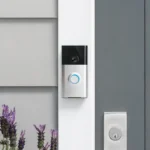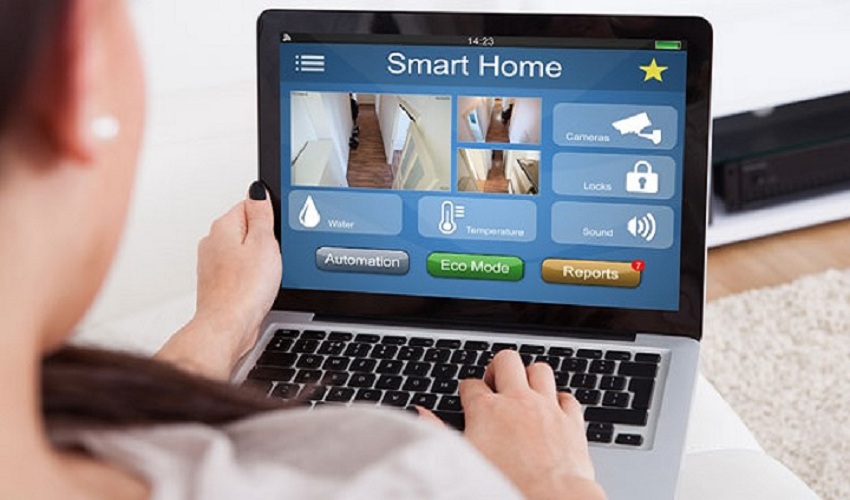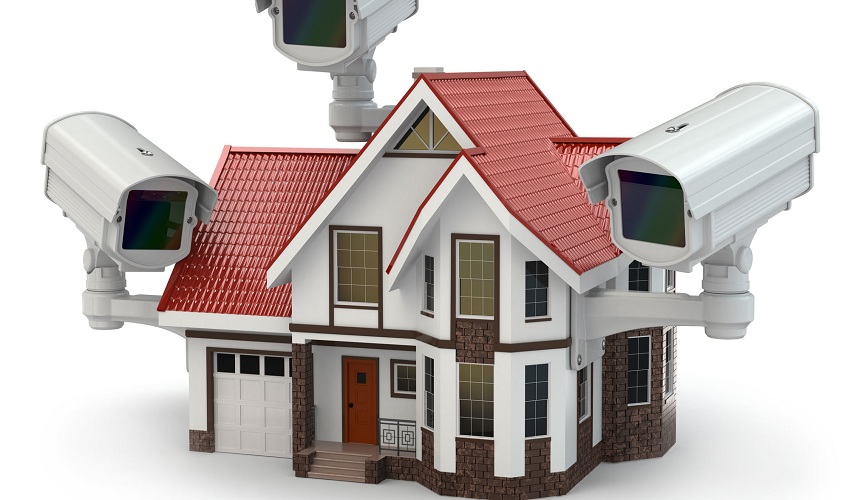Before delving into the intricacies of home security system installation, it’s essential to grasp why it matters. A robust security camera installation acts as a deterrent to burglars and intruders, protects your family and valuables, and provides remote monitoring capabilities. By installing a security system, you’re not only safeguarding your physical belongings but also enhancing the overall safety of your household.
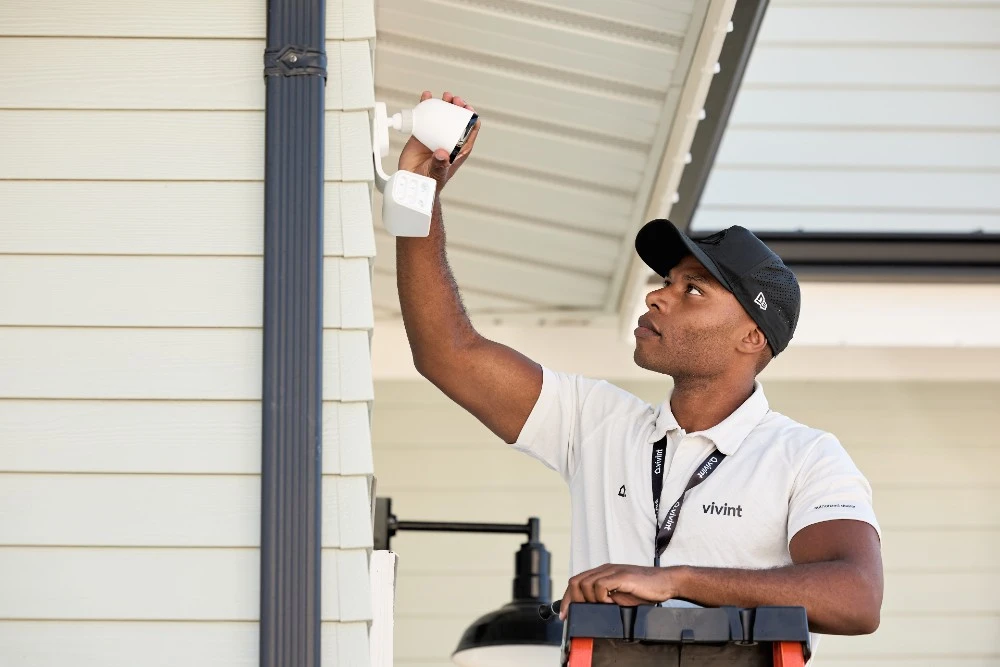
Content
I. Pre-Installation Preparation
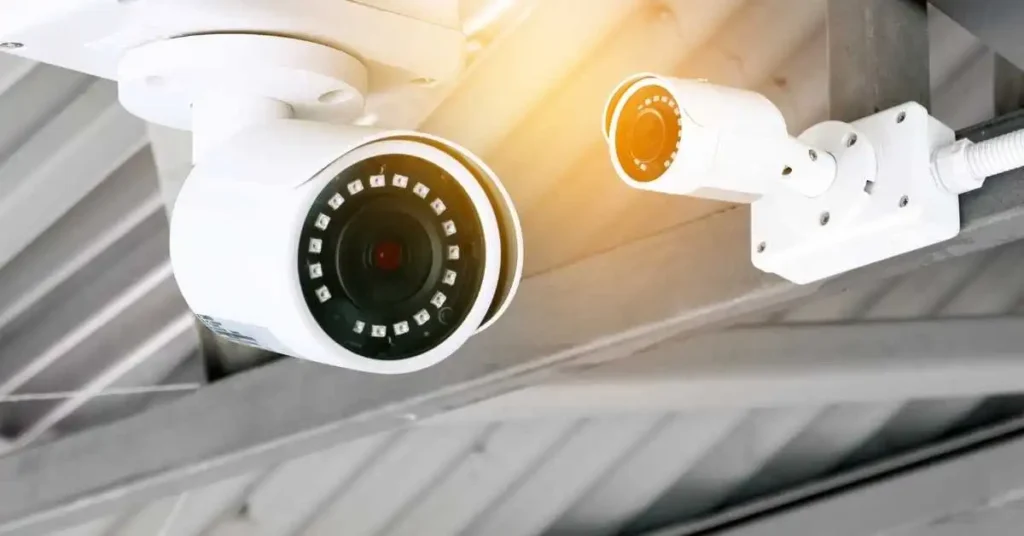
- Assessing Your Home Security Needs:Every home is unique, and so are its security requirements. Begin by evaluating the layout of your home, identifying vulnerable areas such as entry points and blind spots. Consider factors like property size, existing security measures, and specific concerns like pet movements or frequent visitors.
- Choosing the Right Security System: With advancements in technology, security systems come in various forms—from basic alarms to comprehensive smart home security setup integrations. Select a system that aligns with your needs and budget. Factors to consider include ease of installation, scalability for future upgrades, and compatibility with other smart devices.
- Planning the Installation Layout: A well-thought-out layout enhances the effectiveness of your security system. Map out where you’ll place cameras, sensors, and control panels for optimal coverage. Ensure strategic placement to monitor key areas like entryways, windows, and large rooms while minimizing blind spots.
II. Tools and Equipment Needed
Gathering the right tools and equipment beforehand ensures a smooth installation process:
- Essential Tools: Screwdrivers, drills, measuring tape, and a ladder.
- Components: Cameras, motion sensors, door/window sensors, control panel, and cables.
Familiarize yourself with each component to streamline installation and prevent delays.
III. Step-by-Step Guide Home Security System Installation
- Installing Security Cameras and Sensors: Begin with cameras and sensors, positioning them according to your layout plan. Ensure cameras cover high-traffic areas and points of entry. Secure sensors on doors and windows to detect unauthorized access.
- Setting Up the Control Panel: Connect the control panel to power and internet (if applicable). Follow manufacturer instructions for initialization and syncing with other devices. Configure settings such as entry delay times and alarm triggers to suit your preferences.
- Troubleshooting Common Installation Issues: Anticipate challenges like connectivity issues or incorrect placements. Test each component post-installation to verify functionality. Refer to troubleshooting guides provided by the manufacturer or seek professional assistance if needed.
IV. Best Practices for Optimization
- Maximizing System Coverage: Adjust camera angles and sensor sensitivity to capture critical areas effectively. Consider additional accessories like extended-range antennas for enhanced signal strength.
- Integrating with Home Automation Systems: Leverage home automation security installation capabilities for added convenience and security. Integrate your security system with existing devices like smart locks or lighting to automate responses based on detected activity.
V. Testing and Finalizing

- System Testing: Conduct comprehensive tests to ensure all components operate as intended. Test alarms, motion detection, and remote access features. Address any issues promptly to maintain system integrity.
- Ensuring Proper Installation: Double-check connections and secure mounting to prevent tampering or accidental dislodgment. Review user manuals for maintenance guidelines and warranty information.
VI. Maintenance and Upkeep
- Regular Maintenance Tips: Schedule routine checks for battery levels, software updates, and physical condition. Clean cameras and sensors periodically to maintain clear visibility and functionality.
- Updating Software and Firmware: Stay current with system updates to mitigate security vulnerabilities and access new features. Set reminders for automatic updates or check manufacturer websites for manual updates.
VII. Conclusion
By following expert tips and a methodical approach, you can achieve a seamless home security system installation. Prioritize thorough preparation, strategic placement, and regular maintenance to maximize the effectiveness of your security measures. Whether you opt for DIY home alarm installation or professional security system installation, investing time and effort into proper setup pays dividends in safeguarding your home and loved ones.

Elena Mohr is a dedicated home blogger who has been blogging for over six years. She covers everything home related. Elena also loves writing posts about her travels to Europe with her husband and two children.
